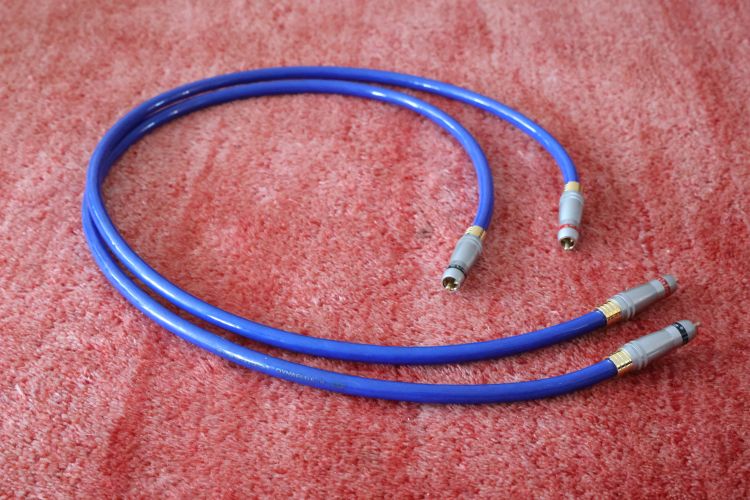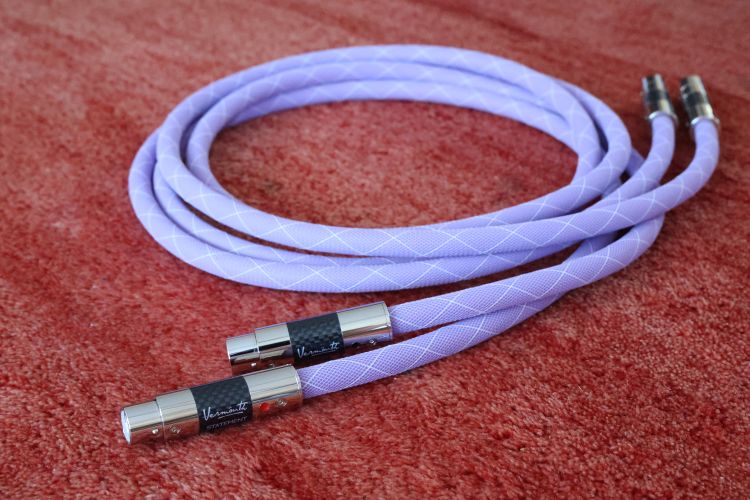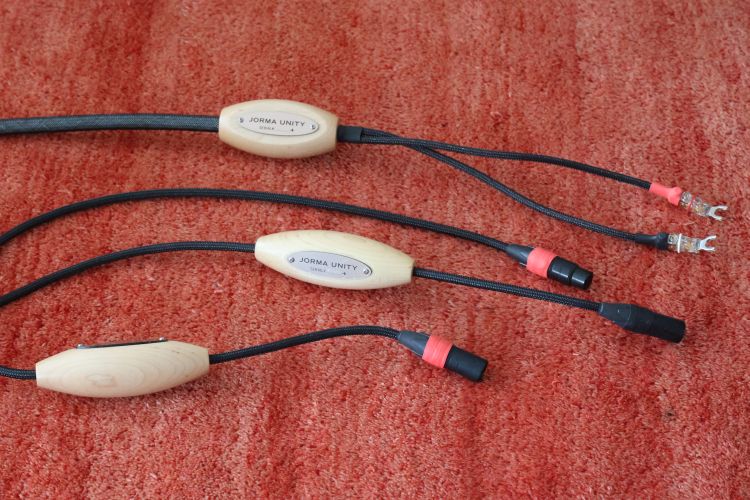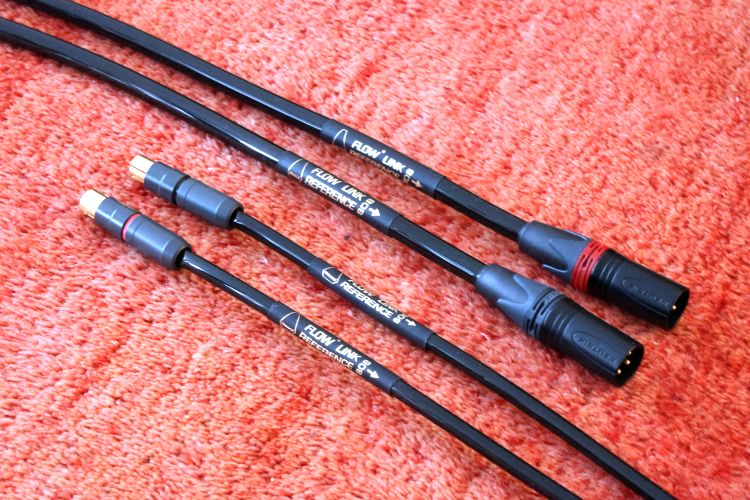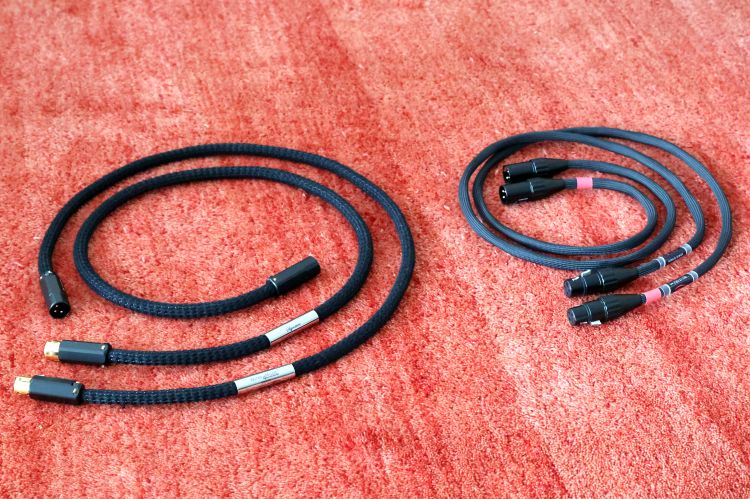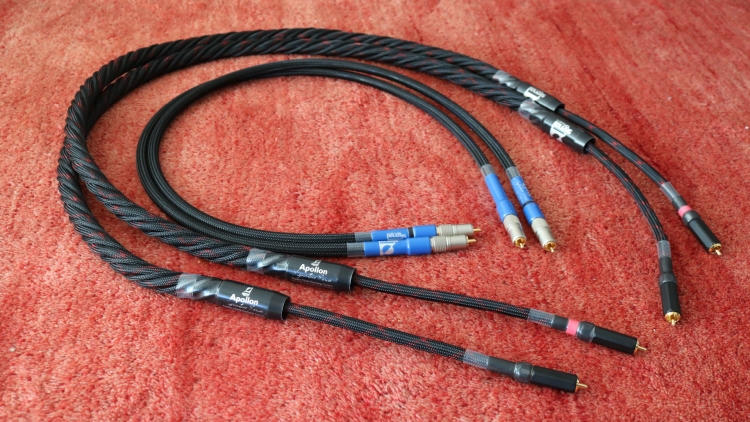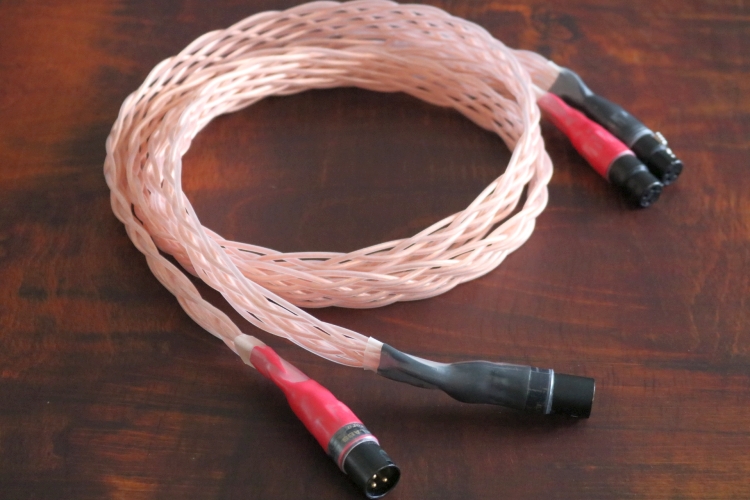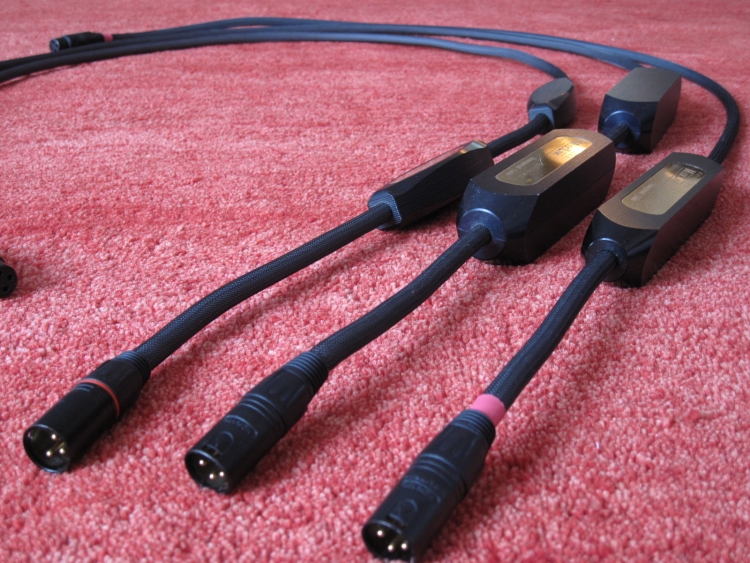
Transparent Reference, Reference MM and Ultra XL
Transparent has always had a very recognizable house sound, even throughout their various ranges. Recently they introduced the MM series and I’ve wondered if these cables would still have the same sound signature. Now, I have the chance to compare a recent Reference MM to my old Reference and cross-compare these with the newer, but still older than MM, Ultra XLR. Read on to find out how they compare.
MM supersedes XL
It is said that the newer MM Super beats even the older XL Ultra, which was in a higher class. The new MM range of cables uses much thicker and individually isolated conductors that, compared to the classic cables’ very fine litze, more resemble solid core. At an audio show, I heard the new MM series and noticed that the sound was quite different from what I was used to hearing from Transparent and that really triggered my interest. Not much later, along came audio buddy JC who had just bought a set of MM-series interlinks and asked me if I wanted to give them a listen. Of course I would!
The Transparent House-sound before MM
Before the introduction of the MM series, Transparent cables have always been on the sweet side of things. The sound before MM was always fluid, relaxed, Spacious, room-filling, very well resolved but in a totally unassuming manner and there always was this unmistakable luxurious feel.
The high frequencies have never been rolled off, but many people did think so. This implies that the uppermost treble has been shelved down but I really don’t feel that is what is happening. I do understand the argument, though. I think this is because the upper mid and lower treble area sounds very natural and relaxed i.e. the opposite of forward. Actually, Transparent is airier op top than most cables but so very gentle and refined that you might miss it. My theory is that people who find the classic Transparent sound to be rolled-off are actually referring to the upper-mid and lower treble, not the actual frequency extreme. Given that there is indeed less “bite” in that area with the classic Transparent range than with, say, Siltech cables, one might be tricked into believing that the highs are muted. That, or -cough- one perhaps has some roll-off in their own hearing…
Running in the cables
JC told me that the cables hadn’t been used a lot by the previous owner and that he brought them straight to me. They were purchased second-hand so there’s no telling how much playing time they have actually had. Therefore, to be on the safe side, I allowed them to settle in some more using a tuner into an AD converter into the Levinson 360s DAC to which the MM’s were connected, to prevent laser wear from continuously playing CDs. I left this combination running for 3 days and nights. Whether the cables are now fully run-in I still cannot say but more could not be done since the cables weren’t mine and I only had them for a limited amount of time.
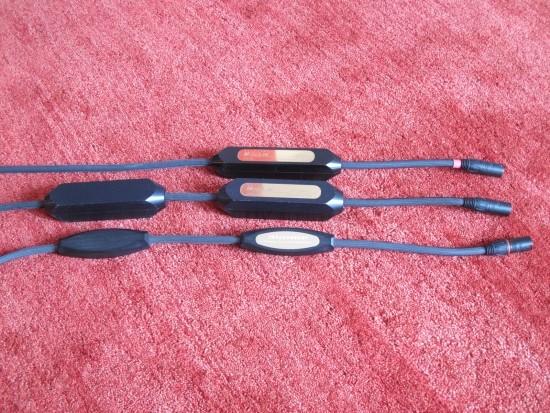
From top to bottom: Ultra XL, the old Reference and the new Reference MM. Notice how small the new network boxes have become? They are also made from plastic, not metal, and now much more easy to maneuver around than the older heavyweights.
Reference MM Compared to the older Reference – Connected between preamp and power amps
After running-in the MM cable I connected it between the Jeff Rowland preamp and power amps and listened to it for a couple of days, without comparing to other cables. The new cable most definitely still carries the Transparent house sound, that’s something you can hear even without directly comparing it to other Transparents but there sure also are differences. After some swapping with my older Reference cable the new MM turns out to be a lot faster and agile. Bass is better articulated and still deep. The presentation is more lively and also slightly more detailed. Or at least it sounds like that, perhaps because of the more forward character.
So the new MM is all good? Yes, it is, but because it deviates quite a bit from the older Reference, it doesn’t fit my system as well as the older cable. It doesn’t have the same lush, rich, creamy and super-spacious feeling that the old Reference has. The MM does have magic but less so. It seems all the new dynamics and detailing and dynamics lead to more tightness and also a bit more control in the sense that there is less of the free-flowing quality for which I liked the old Reference and Reference XL series so much.
Reference MM Compared to Ultra XL – Connected between CD player and preamp
The Reference MM was also compared to an Ultra XL from the previous generation, between CD player and preamp. Here the differences were even more distinct, but not as you’d probably expect. Again the MM was more detailed, tighter and more articulated in the bass, as well as being more upfront and expressive in the mids and lower highs, but the Ultra XL was quite a bit lusher and mellow while maintaining good detailing. The Ultra XL was also more spacious and room-filling. This was strange since the Reference is twice as expensive as the ultra and considering the previous Reference-pedigree, is supposed to sound more majestic than the Ultra, not less so.
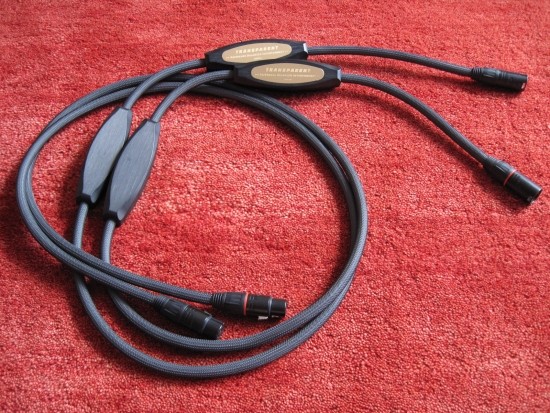
Above: Reference MM
Neutrality is King
Earlier affordable Transparent cables were always very musical but not very detailed and they could sound muffled or muted in the wrong system. You had to get at least the ultra to get the openness that other cables offer on top of the fluidness and magic that Transparent always offers.
With the introduction of the MM series, it seems that Transparent is now looking to offer a more neutral sound that is more expressive and more upfront. It’s also a livelier, speedier sound than I was accustomed to from the older XL Reference Series. In this light, it could well be that the new Super indeed comes across as sounding more detailed than the old Ultra.
Tubes and Transistors
Solid-state gear has a significantly lower impedance than typical tube gear. Reference Cables starting with the MM Generation were calibrated to work well with whatever component it linked at its source. There were High Z (for higher impedance sources) and Low Z (for lower impedance sources) versions of Reference, and the company started to offer precisely calibrated cables at the XL level and above starting with the MM Generation.
While I have always purchased my cables second-hand and there is no telling how they were configured, between me and my friends, I must have heard over 10 different sets. And because they always sounded very similar I think that none of them were tuned for Tubes.
Audio buddy JC purchased the pair of MM cables that I am reviewing here second-hand from the previous owner who used transistor gear. Therefore, it is likely that his cables were tuned for transistor use. In any event, the cables were sold to JC as being “regular” and not specific for tubes.
My comparisons do not stand on their own, though. JC actually uses tube gear and he came to the same conclusions with his tube system as I did with my Jeff Rowland transistor gear.
System synergy
System synergy is everything. In a well-balanced system, it is difficult for a new product to find its place immediately since the system has been carefully balanced and tuned using the current cables and such. A new cable is likely to perform “less” than the cables that are normally part of the system.
But of course, there are exceptions and that’s why I keep trying new stuff. You never know when you’re going to hit the jackpot. For instance, I had unfounded doubts about Wadia and Levinson but I tried them nevertheless and both stunned me. Especially the Levinson, it slipped right into my system and made itself at home – no tweaking required!
It can be argued that the new range has left most of the older range’s creaminess behind and is aiming for a more neutral and linear delivery. The new Transparent MM series (based on what I heard with the MM XLR interlink) no doubt also has a much wider range of synergy. Where the XL range would only work really well when a system was very well-balanced and possessing of very high resolution, the new MM range will also work in less revealing systems and even those that tend to sound a little dark.
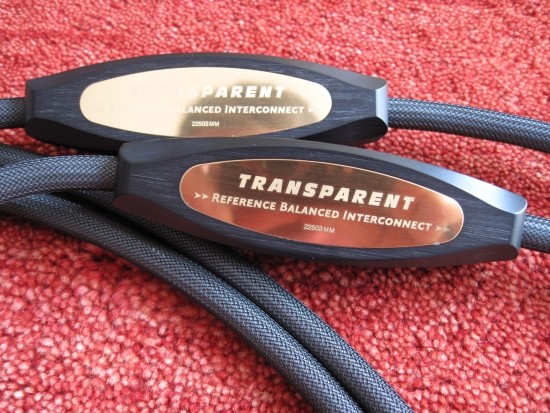
Above: now featuring lighter, smaller and more organically shaped network boxes, the new MM cables are much easier in use. They now almost handle like a regular cable.
Conclusion
It seems that Transparent has chosen a different route with the introduction of the MM series. I haven’t heard the MM2 series but I guess that they will have a similarly neutral sonic signature. Judging from what I heard using the Reference MM interlink, the new series still recognizably has the traditional Transparent house sound but less so. It could be that the lush richness and that creamy relaxedness are actually unwanted side effects of the earlier series and that Transparent is now striving for a more neutral character. The new MM’s certainly are tighter and more neutral and more explicit but as often happens this also results in a sound that is less organic and luxurious.
The following is subject to interpretation but I need to mention it nevertheless. Although the Cardas Hexlink Golden 5C remains King of acoustically realistic timbre, it does not come near the resolution and fluid refinement of any Transparent cable. Still, the old XL range always had a very convincing timbre. The newer MM range, however, does instill a slightly more synthetic hint in the otherwise very neutral timbre. With the MM, plucked instruments have more of a peaky upper-mid quality whereas the older reference gives the sound body and substance, ensuring that you hear that a guitar also has a wooden body, at a loss of some attack and speed. Could it be the plastic that is used for the network boxes? Or are a different brand of capacitors used? I will probably never know.
My personal biases aside, I think that the new Transparent sound will appeal to a wider audience simply because the cables are more neutral, less “rolled off” than previous incarnations. I happen to like to super-luxurious and creamy, enveloping sound of the older Transparents but I know that a lot of people find that the Transparent sound too soft and rounded. Well, not anymore!
With the MM series, effectively, Transparent seems to have mixed in some Cardas virtues so now you can have a portion of Transparent magic along with excellent grip, openness and dynamics.
